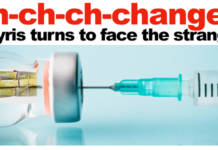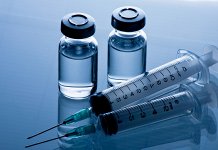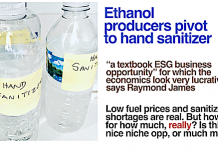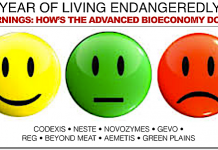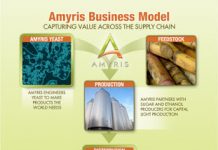Flokser launches Artificial Leather based on DuPont Tate & Lyle, BioAmber ingredients
Jim Lane
In Canada, BioAmber (BIOA) announced that the Flokser Group has successfully developed an innovative artificial leather fabric using bio-based materials supplied by DuPont (DD) Tate & Lyle Bio Products and BioAmber.
Flokser has launched this new synthetic leather fabric under its SERTEX brand. The novel fabric comprises a polyester polyol made from BioAmber’s Bio-SA bio-based succinic acid and DuPont Tate & Lyle Bio Products’ Susterra bio-based 1,3-propanediol.
Flokser’s artificial leather fabric has 70% renewable content and delivers improved performance. It provides better scratch resistance and has softer touch than current synthetic leather fabrics made with petroleum derived chemicals. The global addressable market opportunity for these bio-based polyester polyols in artificial leather is estimated to be 330 million pounds per year (150,000 metric tons); a 165 million pound market for bio-succinic acid and a 165 million pound market for bio-1,3-propanediol.
The background on biobased artificial leather
Historically, artificial leather has been popular with cows, but not always with consumers or environmentalists. Brands abound, including Biothane, Birkibu, Birko-Flor, Clarino, Kydex, Lorica, Naugahyde, Rexine, Vegetan, and Fabrikoid. Most include petroleum-based ingredients such as polyamide, acrylic, and polyvinyl chlordie.
Back in May 2014, BioAmber CEO Jean-François Huc tipped the new work then underway on artificial leather, stating: Huc comments: “Over the past year we worked with a number of innovative companies that validated our Bio-SA in several new applications. For example, in artificial leather they demonstrated that the polyester polyol made with Bio-SA offers better aesthetics including softer touch than the polyols made with adipic acid. This market reportedly consumes 150,000 tonnes of adipic acid annually.
Back in December 2013, Green Dot announced developed a compostable synthetic leather made with the company’s Terratek Flex bioplastic. The new synthetic leather combines the look and feel of high quality leather with a lighter environmental footprint compared to traditional leather tanning or synthetic leather manufacturing. The material can be returned to nature if placed in a composting environment when its useful life is over. Initial trials have been completed with manufacturing partners in the U.S.. The new synthetic leather can be made in a wide range of colors, textures and thicknesses with a variety of naturally biodegradable backings.
In June 2012, Suzanne Lee has developed a “vegetable leather” fabric made using bacteria, green tea, sugar and yeast. The material can be cut, dried, molded and sewn. The product has a life expectancy of five years, at which point it will rot and harden, but not to worry, as it can be composted with a standard home garden composting system.
Reaction from the stakeholders
“We have been working over the years on sustainability and have made remarkable steps, including producing first in Turkey phthalate free artificial leather polyurethane systems. We strive to work with global best in class companies to shape the future. Working with BioAmber and DuPont Tate & Lyle has helped us to generate fresh ideas and develop new products that offer a unique combination of performance and sustainability for our industry,” said Ekin Tükek, Flokser Group board member.
“This new eco-friendly artificial leather fabric from Flokser demonstrates the performance that bio-based materials can offer in technically challenging applications. The artificial leather made with our Bio-SA™ and DuPont Tate & Lyle’s Susterra® outperforms standard products, bringing better abrasion resistance and softer touch,” said Babette Pettersen, BioAmber’s Chief Commercial Officer.
“We are pleased with this new product launch in a major industrial segment of the polyurethane market, and we believe that working with Flokser, an industry leader, will drive market adoption. This new artificial leather fabric is a unique product, combining renewable content with the highest standards of performance and quality”, said Steve Hurff, VP Marketing and Sales, DuPont Tate & Lyle Bio Products.
Jim Lane is editor and publisher of Biofuels Digest where this article was originally published. Biofuels Digest is the most widely read Biofuels daily read by 14,000+ organizations. Subscribe here.

